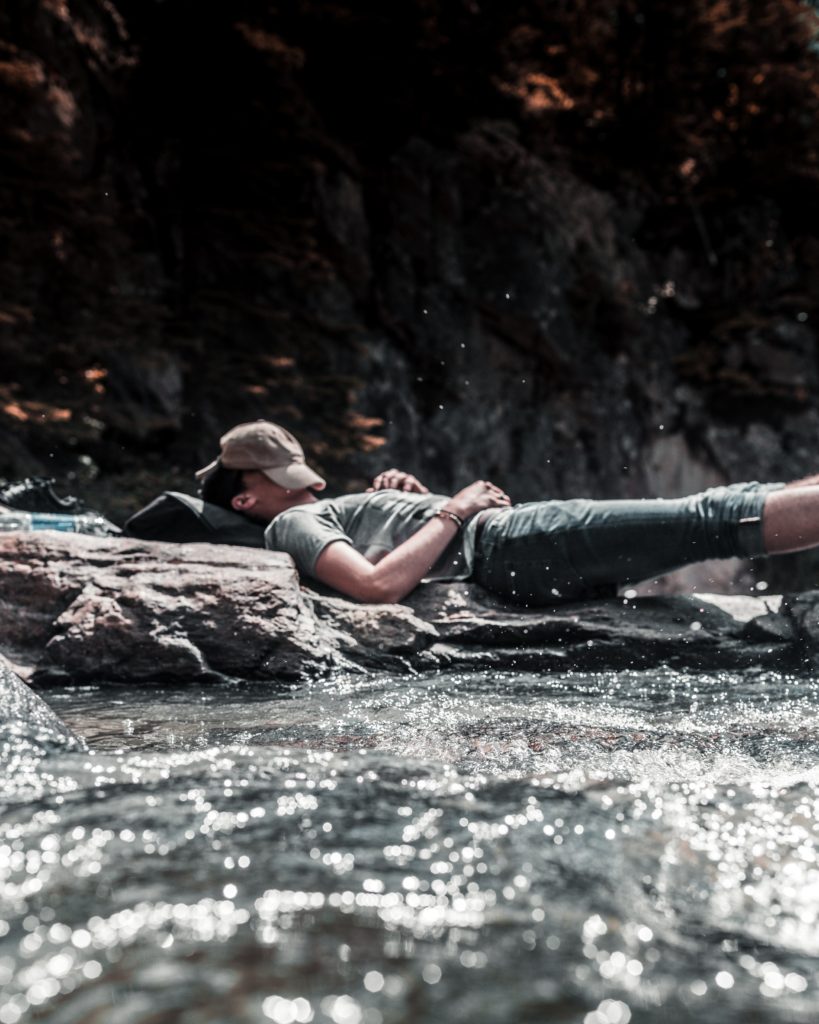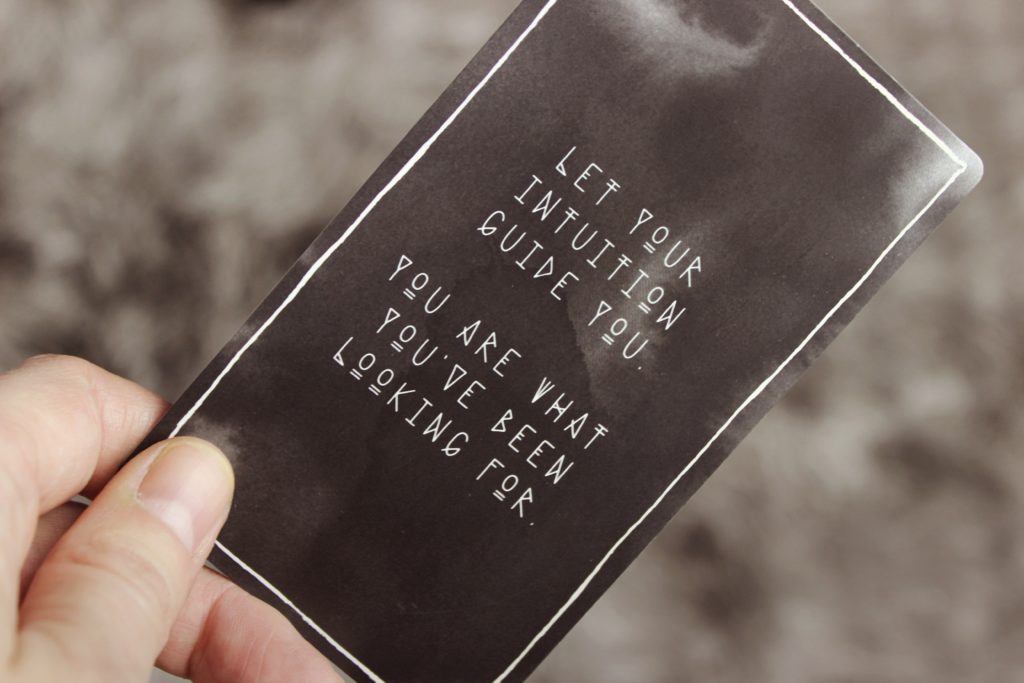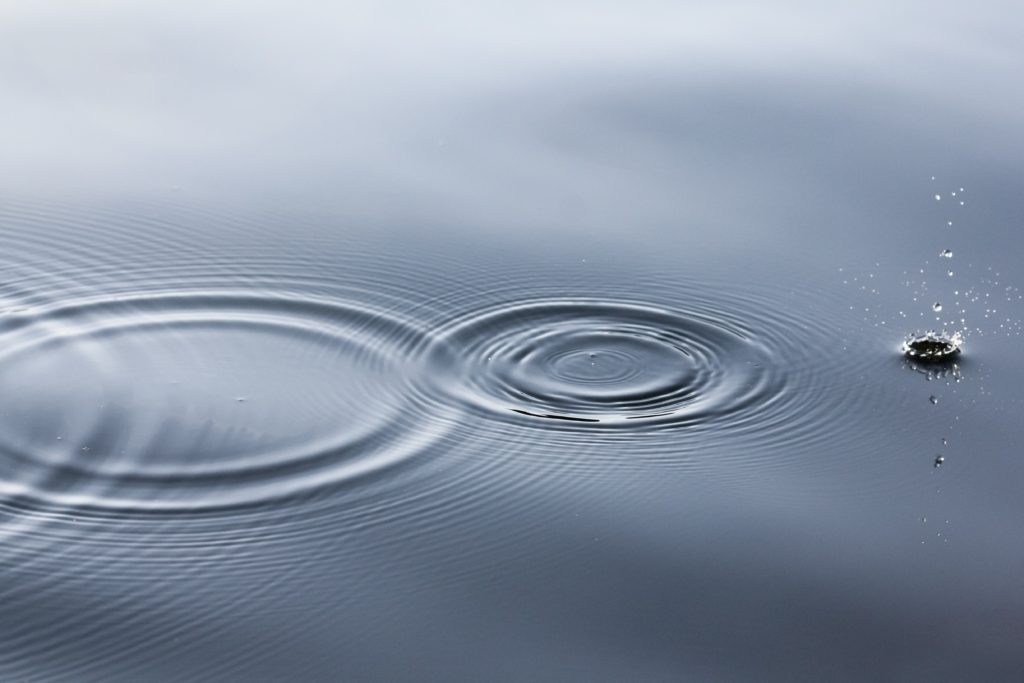Recovery–Why Corpse Pose (Shavasana)
When taking care of ourselves, we often become obsessed with punishment. No pain, no gain right? We know that stress will develop us and make us stronger, but we often forget that recovery is equally important in fitness.

Stress breaks down the body. Recovery rebuilds the body, creating larger muscles, more blood vessels, greater flexibility and more mitochondria in the cells. Without recovery, we are just breaking ourselves down, making ourselves weak, fatigued or injured. There is a a lot science behind this phenomenon.
Part of recovery is getting enough sleep, which I’ve blogged about in the past: https://heroestraining.com/?p=694
Breathing properly also helps with recovery as oxygen plays a huge roll in providing us the energy we need to grow and survive. You can read more about breathing here:https://heroestraining.com/?p=318
Eating proper foods at the right time also help with recovery as food is the fuel that energizes and repairs us. https://heroestraining.com/?p=1284
On top of that, merely learning how and when to relax can not only aid in fitness, but can reduce anxiety, tension and cardiovascular disease.
No other yoga pose symbolizes the many benefits of recovery more than Shavasana or corpse pose. This pose is loved by some and dreaded by others. Today, I’d like to explore what makes this pose so important at the end of a yoga class and why some choose to avoid it altogether.
The Posture (Asana)
Corpse pose is very simple. You lie on your back in a neutral position and do nothing. If you have back problems or tight hip flexors, it might feel better to bend the knees or put a pillow under the knees. If you have kyphosis or hunched shoulders, it might feel better to put a pillow under your head. If you are further along in your pregnancy, you may have to lie on your side. Either way, get comfortable.
This pose is traditionally held for five to ten minutes at the end of a yoga class. Seasoned yogi’s can stay in this pose for as long as they desire. Master yogi’s use this pose to help them reach Samandhi, or a state of oneness with the universe. Some yogis practice this pose in order to overcome the fear of death.
While the physicality of the pose is very simple, there are many underlying characteristics that make some people uncomfortable, especially if you were taught that lying down and doing nothing is only for the lazy who have nothing better to do.

Why Shavasana?
We’re just lying there. What’s so important about that? So many people just don’t understand the purpose of corpse pose. Yet, if shavasana is so meaningless, why does almost every style of yoga implement a mandatory corpse pose at the end of every class?
One of the best reasons for performing shavasana is to heal and prevent injuries. The best explanation of this was given to me by a great massage therapist who was explaining the role of fascia. Fascia is the connective tissue that sticks everything together. It sticks muscle to other muscle, bone and skin. It surrounds our organs, nerves and blood vessels. There are thick tissues of fascia that travel through our bodies, such as the thoracolumbar fascia that travels down the entire back and into the buttocks, connecting and protecting all the points in our body.
Tons of research is being done on fascia which is changing how we perceive fitness. It’s not just about strengthening bones and muscle anymore. It’s about healthy fascia that functions better.
Our fascia is full of nerves. It can tighten and relax. It can be trained to move in many directions or to become stiff and hard so it can’t move at all.
Whenever we feel stress or injury, our fascia can harden or get inflamed, causing symptoms such as frozen shoulder, whip lash or muscle knots. Essentially, it turns into a splint or a cast so we can no longer move the muscles it surrounds. While this is a rational survival mechanism to protect ourselves, when the facia overreacts it can cause lack of blood flow and flexibility, slowing down the healing process. There is a psychological element at play as well. If the body suspects future trauma, the fascia can react with tightness years after the injury has healed
I was told that if you get into a car accident, face some other kind of trauma or feel tremendous pain, the best thing you can do is lie down and do nothing. Let your body be vulnerable. Let it know that you are not in a dangerous situation and the body won’t seize from the stress. So long as the body feels it is in danger, it will harden. The healing process doesn’t start until we finally relax.
One of the biggest reasons our fascia may harden is because we over stretched. While I always advise people not to force a stretch in yoga class, it can still happen. Our connective tissue reacts to this by hardening itself, creating that natural splint. In case of overstretching, shavasana is applied at the end of a yoga class to help alleviate this reaction.
Many people start a yoga practice due to past injuries or pain. Sometimes they are recovering from real trauma like a surgery or illness. Other times, they realize that they have been over training which has led to muscle or joint pain. Pain and tension is felt most by those of us who can’t relax. When it’s time for corpse pose, these type A personalities stress that they really should be doing something. Shouldn’t I be stretching my pain or rolling it out? What they don’t realize is the best thing they can do for themselves is relax. We do an hour or two of yoga in order to align our bodies so we can finally reach that state of relaxation, clarity and healing.
Sometimes mental stress is all that is needed to harden the fascia. Our nerves don’t always know the difference between physical and emotional trauma. Shavasana helps us to ease this stress. Allowing ourselves to just melt into the mat is one way to let the body and mind know that things will be okay.
But what if I can’t stop thinking?
Some people hate Shavasana because they can’t stop thinking. In my opinion, not thinking is not a requirement of shavasana. The idea is to physically do nothing so that nothing is distracting you from what is important.
How many times do we put off making the right decision or having to find a solution to a problem by always giving ourselves something else to do? When we’re in Shavasana, you can’t do that. You are forced to face your true self. That thought you have been avoiding will manifest and if it does, I believe you should face it. Examine it. Be brave. Remember, meditation isn’t a hiding from reality but a confrontation of reality:https://heroestraining.com/?p=206
Stress, Anxiety and Insomnia
Once, I was taking a heart opening yoga class. While in shavasana, I felt this tremendous amount of grief that I had been harboring for far too long. Tears welled up in my closed eyes and I was finally able to let that grief go and open my heart again.
We live in a time where it’s almost impossible not to be distracted. We are overwhelmed with pop ups, ads and notifications. New media sources are rewiring our brains, changing how we think and interact. This makes a disciplined yoga practice more important and more difficult than ever.
Some of us hide in these distractions. If we are always stimulated by external forces, we don’t have to be comfortable in our own skin. We can avoid facing our dreams, our conflicts and our true selves.
Shavasana is your time to turn it all off and take a vacation from it all. It’s your time to truly connect with who you really are while everyone and everything around you is competing for their influence on you. As scary as that sounds to some, once you take the time to unwind and get comfortable, you’ll wonder why you waited so long to do it. It’s when we take a moment to find clarity that all the answers appear. We all need to take time out of every day to connect with our deepest selves. Remember, if you don’t stand for something, you’ll fall for anything:
https://heroestraining.com/?p=438

Sometimes we fall asleep during corpse pose. This only means that you are probably sleep deprived or that you need more rest. As mentioned earlier, some of us forget that we need to recover and this is a good time to connect with what your body truly needs. Rest calms us, which is why we breath and sleep better after yoga.
Fear of Death
One of your favorite sayings is, “I’ll get enough rest when I’m dead.” You suddenly find yourself in corpse pose. That means you’re resting. Is this what its like to be dead? Suddenly, an asana that seemed peaceful starts to create anxiety.
Fear of death may or may not be a conscious thing. Its something we all deal with as we all die eventually. Corpse pose literally means the pose of death. Legend has it that Indian soldiers did corpse pose to help them deal with their fear of death so they could be brave in battle. This is not an easy thing to face, so its understandable why someone would want to skip this pose altogether.
Yet something profound happens when we face our fear of death. The possibility that we will die becomes very real to us. Suddenly, we are more willing to live. We are more grateful for what we have and we are more aware of what is truly important. To me, facing the fear of death means finding a true appreciation for life in all its glory. What is important to you? Don’t put off what you genuinely love because nothing is temporary.
Not all yoga practitioners are warriors. but we can all learn to be brave enough to live a full life. Deep down inside, we are all fighting a hard battle.
Samandhi or Enlightenment
Shavasana can also be called Samandhi which means unification. Some yogis believe it is that acceptance of universal peace that comes right before death. So when they lie still, they are trying to calm their mind so fully that nothing can distract them from reality. They become an embodiment of universal truth. Samandhi is traditionally thought of as the highest and final level of yoga, another reason why its done at the end of the class.
This illustration, is a great example of samandhi. When water is still, you can notice the smallest ripple. A mind full of waves and fluctuations is confused and undisciplined.

Awareness and Respect
Life happens. We can’t always fit a yoga class into our schedules and sometimes we have to leave early. We must realize, however that the tenants of yoga are non-violence, respect and awareness.
If you must leave yoga early, check the time. Go into shavasana on your own, then sneak out quietly with as little disruption as possible. Yoga etiquette dictates that if you leave class early, to do so before the rest of the class has started corpse pose. That way, they don’t have to hear you scrambling for your stuff and shutting the door on your way out while they are doing their best to relax.
Keep in mind that relaxation and being still is very difficult for most people and that any small distraction can frustrate them. Once everything has stopped moving, the slightest noise can sound as loud as a tree falling. The rustling of bags as you get ready to leave can be extremely irritating.
If you have to fidget during corpse pose because that helps you stay calm, I suggest you find an item that makes no noise. Maybe a rubber part of your mat. This way, you are not distracting the rest of the class.
And of course, please keep your cell phones on silent. ;)
With much respect and compassion,
Namaste
In September, I will be doing a workshop on applying the concepts corrective biomechanics to improving yoga poses. This workshop will focus on yoga alignment with more detail than is possible in a regular yoga class. For more information, click below.
Photo credit:
Photo by Amy Treasure on Unsplash
Photo by Hamza Bounaim on Unsplash
Photo by Jen Theodore on Unsplash
Photo by Linus Nylund on Unsplash
Hi Rhea,So nice to get updates from you. I really miss your group classes @ Total Woman but have finally adjusted to the routine @ 24 Hour Fitness across the way.I hope you continue to prosper.
Connie
Best of luck to you Connie!!!!